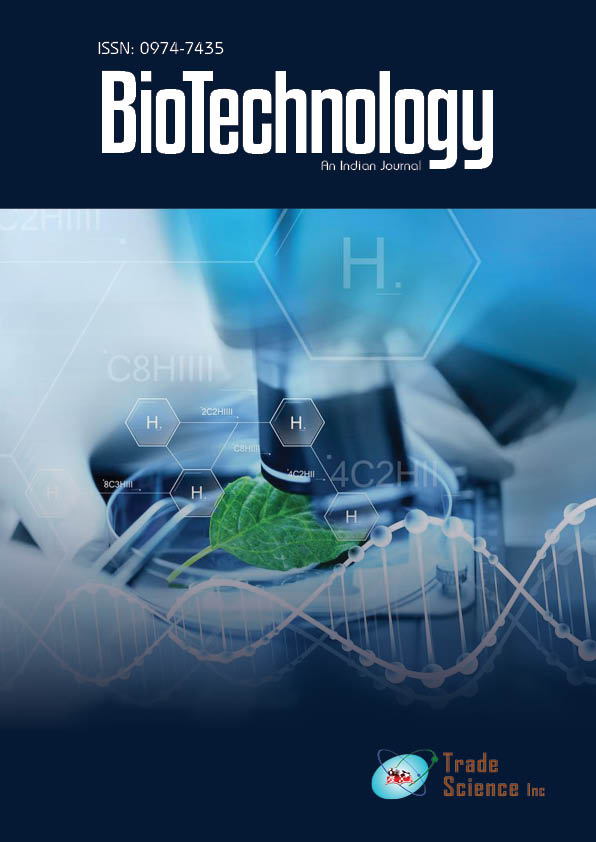Abstract
Plant regeneration through callus-derived protoplasts of Phellodendron amurense Rupr.
Author(s): Mustafa Abul KalamAzadA method for the isolation, culture of the callus-derived protoplasts, and plantlet regeneration in Phellodendron amurense is described. In this study, the highest 92.0%viabilitywith the yield of 2.4 ï‚´ 105 protoplast / g fresh weightwas obtained fromcallus, when the materials were treated for 6 hrs with Cellulase Onozuka R-10 plus Driselase. Sustained cell division and colony formation fromthe protoplasts were best supported by a 0.2% Gellan gumsolidified or liquid medium containing 2.0 ïÂÂMBAP with 4.0 ïÂÂM NAA, IBA or 2,4-D, where the plating density was 4 ï‚´ 105 to 6 ï‚´ 105 protoplasts/ml. The highest frequency (0.33  0.02%) of colony formation was observed, when the protoplasts were cultured on MS medium supplemented with 2.0 ïÂÂMBAP and 4.0 ïÂÂMNAA. The protoplast-derived colonies formed green compact calli on 0.2% Gellan gum solidified MS medium containing 2.0 ïÂÂMBAPwith 4.0 ïÂÂMNAAor IBA.Adventitious shoots from protoplast-derived callus were induced on MS medium supplemented with 2.0 ïÂÂMBAP and 1.0 ïÂÂMNAA or 2.5 ïÂÂMIBA. Shoot multiplication and elongation occurred onMSmediumcontaining 1.0 ïÂÂM BAP. The highest 90.0% of in vitro grown shoots were rooted on MS mediumcontaining 2.0 ïÂÂMIBA. Plantlets were transferred to the Kanuma soil and successfully established under greenhouse condition.

